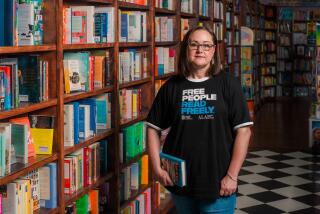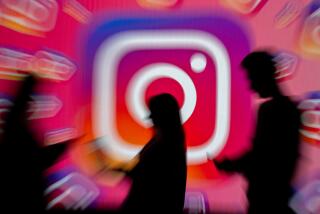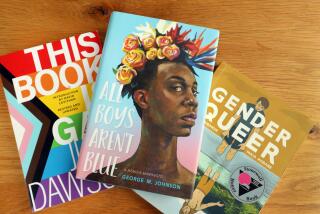E-books are good news for the literary world
Take heart, readers. A Pew Internet & American Life Project report released this month found that just “[e]ight percent of the American adults who use the Internet are Twitter users.” I can’t be the only one to find this heartening in a culture awash in instant information, in the slings and arrows of the 140- character tweet. For a long time, I’ve regarded Twitter as the ultimate expression of our shared distraction, a virtual game of telephone in which the chatter is by its nature reductive, stripped of complexity, nuance, all those subtle shades of gray.
And yet, what may be most interesting about the Pew study is its timing, since this is the year e-readers took off. What does it say about us that, on the one hand, we don’t seem so enthralled by the hit-and-run of Twitter while on the other, we can’t get enough of electronic books? Only this: that technology is not a barrier to depth, to engagement, to the cultural discussion, and that perhaps we want the same thing from our reading as we always have, regardless of the form it takes.
E-books, after all, are the story in publishing this year, with more than seven million iPads sold in the eight months since the device went on sale in April, joining millions of Kindles, Sony Readers, Kobos and Nooks. Just a week or so ago, Google launched Google Editions, an e-book retailer designed to compete with the iBook and Kindle stores.
The great debate of the last several years — whether readers would read book-length material onscreen — appears to have been settled with a resounding “yes.” What does this mean for reading? It’s too early to tell, but I see a lot of cause for optimism as the e-book experience becomes more sophisticated and more and more of us explore the world of digital literature.
I should admit here that I am not yet much of an e-book reader; I have a Kindle but I rarely use it, and I don’t have an iPad, although I covet one. That doesn’t matter, however, for a few reasons — the first of which is that print books aren’t going anywhere. E-books may represent an exploding corner of the market, but it’s a small exploding corner. Beyond the cultural question (page or screen?), it will be a long time before they displace the economies of print. Even more important, none of these media are in competition. They are complementary. The issue is not what we read on, just as the issue is not what we read. The issue is that we read, that we continue to interact with long-form writing; by altering the conditions of the conversation, e-books and e-readers have already served an essential purpose.
Of course, as the e-book continues to develop, technology will increasingly become a literary métier. Already, we have authors experimenting with software as a format, writing for the screen. Ander Monson seeded his March essay collection “Vanishing Point: Not a Memoir” with symbols that direct readers to a website featuring regularly updated augmentations as a strategy to comment on the fluidity of our relationship with text. Jennifer Egan used PowerPoint to frame a chapter of her novel “A Visit from the Goon Squad,” published in June, and if it’s a bit static on the page (much less so on Egan’s website), it also suggests where things are likely heading as more authors blend digital and print. For some, this is scary, a blurring of the lines of bookness, a challenge to the boundaries of the form. But I prefer to see it as an enhancement, a way for literature, for reading and writing, to expand itself through direct engagement with the world.
Here, perhaps, we have the true lesson of the Pew findings — that even in the digital world, we want more connection rather than less. This, I think, is what e-books have to offer: the promise of immersion, enhanced or otherwise, just as their analog counterparts have always done.
More to Read
Sign up for our Book Club newsletter
Get the latest news, events and more from the Los Angeles Times Book Club, and help us get L.A. reading and talking.
You may occasionally receive promotional content from the Los Angeles Times.








